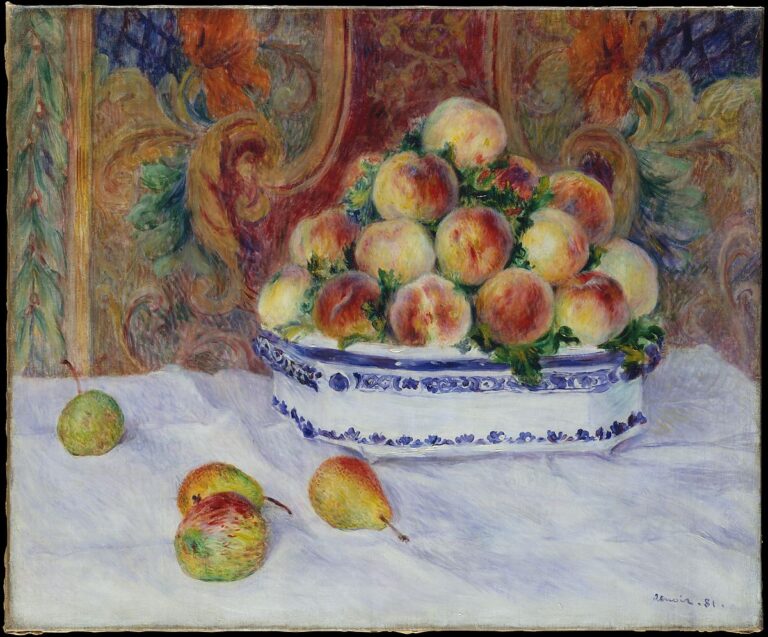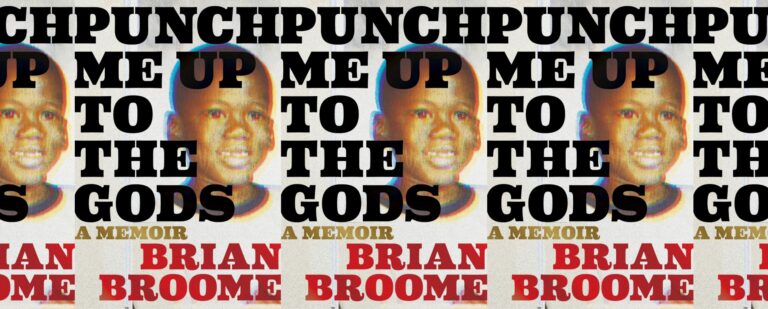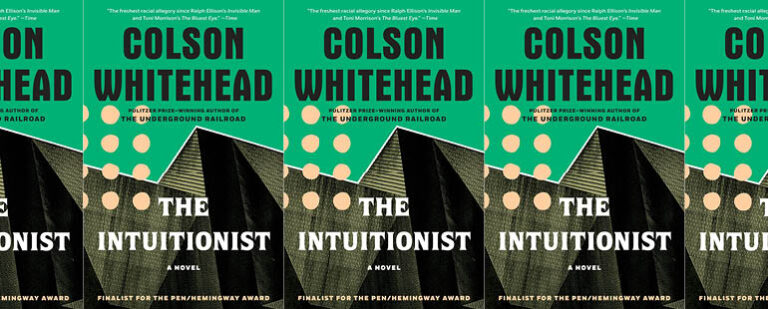What Does Being a Japanese Writer Mean in a Globalizing World?

The Japanese novelist Mizumura Minae relocated to the United States with her family when she was twelve. The move was traumatic, and through the strange but beautiful logic of adolescence, she took refuge in a leather-bound set of early modern Japanese classics, which she read over and over again in the afternoons after school, falling in love with the work of the writer Natsume Sôseki, who sought to convert Western literary influences into a purely Japanese form of expression. In the two decades that followed, she set her sights on returning to Japan and becoming a writer like Sôseki: someone who describes the world using the tools of the Japanese language, so different from those of English. A Japanese writer.
But what does being a Japanese writer really mean in a globalizing world? Mizumura’s career has been focused on exploring that question in formally inventive ways that often incorporate her own cross-cultural autobiography. In the process, she has managed to transcend the specifics of her own personal story, creating a body of work with incisive things to say to readers everywhere about the individual’s relationship to language, culture, and history.
Before we go on, however, it’s important to acknowledge Mizumura’s ambivalence about the very idea of reaching “readers everywhere,” and how that ambivalence arises from her engagement with Sôseki’s project of constructing a truly Japanese novel. To understand the context, let’s take a quick glance at Mizumura’s first work of fiction, Zoku Meian (1990), the only one of her novels that remains unavailable in English (the title can be translated as Light and Darkness Continued). A continuation of Sôseki’s celebrated last book, Meian, or Light and Darkness, which he left unfinished at his death in 1917, Zoku Meian is a linguistic tour de force, capturing his distinctive voice and turn-of-the-century prose style. It is thus first and foremost an act of reverence, although one with a twist: it was that exact same sense of reverence that had kept other Japanese writers from trying their hands earlier, despite a great deal of public discussion. Mizumura was free to take up the challenge because she was a recent returnee from abroad, without ties in the insular Japanese writing world, and was therefore unrestrained by the very Japanese rituals of hierarchy and respect. Seen from that angle, Zoku Meian becomes an assertion of artistic individuality, though one that actually contains a layer of allegiance hidden inside, encoded in the nature of the project itself: since its impact is inseparable from its language and requires knowledge of the original, Zoku Meian is effectively untranslatable, a purely Japanese novel of the sort that Sôseki believed in.
This interest in ideas of audience and cultural authenticity becomes explicit in Mizumura’s second novel, Shishosetsu from Left to Right (1995), which tells the story of her own bilingual coming of age, and ultimate rejection of the English-speaking world, in the form of a traditional Japanese shishosetsu, or “I-novel”—what we in the U.S. nowadays like to call “autofiction.” In the process of recounting her path to becoming a Japanese writer, Mizumura mixes in so much English that the text must run horizontally, left to right, rather than vertically, right to left, as is usual in Japanese. Her purpose in doing this, she tells us, is not only to depict her own split consciousness but to highlight the difference between the two languages as modes of representation and ways of understanding the world. A bonus, she adds, is that this mixing makes the book impossible to translate into English: an English translation would obviously not be able to capture the contrast between the two languages. The end result is therefore a purely Japanese novel, Mizumura contends, like Zoku Meian. (Ironically, Shishosetsu is actually slated for release in the United States in 2021, in an English translation by Mizumura’s longtime English translator, Juliet Winters Carpenter.) What is new in Shishosetsu, however, is a rueful recognition of the cost of resisting translation. In the essay “Authoring Shishosetsu from Left to Right,” Mizumura tells us that choosing to write in “a highly local language” like Japanese entails accepting a limit on one’s literary reach:
What does it mean then to write in a highly local language? The answer, obviously, is not too auspicious. For it ultimately means that you may toil till death in an effort to create great works of literature but you are not likely to have even the slightest chance of becoming a truly major writer—that is, a writer whose work, both in the original and in translation, will reach so far into the distance that she will, in the end, be read by millions of her true readers, some of whom will, in turn, create their own works which will engage in a direct dialogue with her, thus sending her words still further into time and space.
This newfound interest in the transformative role of translation drives Mizumura’s next two books. A True Novel (published in Japanese in 2002, with an English translation by Carpenter in 2013) is a retelling of Wuthering Heights deftly transposed to postwar Japan. Somehow, it manages to turn Emily Brontë’s masterpiece into a meditation on the possibilities and limits of cross-cultural borrowing, and on Western culture’s role in shaping modernity in a non-Western country like Japan. The book’s multilayered take on its subject is hidden in its title: the original Japanese, Honkaku shosetsu, might more accurately be translated as “A Genuine Novel,” the term used in Sôseki’s day for realistic fiction translated from Western languages. Japanese writers began assimilating the lessons of the “genuine novel” by imitating what they read, sometimes brazenly stealing plots and characters—exactly what Mizumura is making a show of doing in her own book. In her essay “On Translation,” she tells us that her purpose in writing is to “bring the readers’ attention to the possibility of translation as the very condition of modern Japanese literature (or, theoretically, of any modern literature).”
The idea of translation continues at the center of Inheritance from Mother (published in Japanese in 2012 with an English translation by Carpenter in 2017), which explores the impact of a mother’s life on her daughter’s—its translation through time—while simultaneously referencing Konjiki yasha, or Demon Gold, “a genuine novel” of the early modern era that took its plot from an uncredited American dime novel—yet another form of translation. On the level of literary meta-commentary, Inheritance thus continues to explore the porous boundaries between Japanese and Western literature, and the way their intersection has historically both threatened and deepened what is most distinctively Japanese about Japanese fiction. That synergy has been so intense on the Japanese side, Mizumura believes, that it is no longer possible to ask what it means to write in Japanese without essentially implying a shadow question: what does it mean to not write in English?
Mizumura’s first work of nonfiction, The Fall of Japanese in the Age of English (published in Japanese in 2008 and co-translated by Carpenter and Mari Yoshihara in 2015) updates that question for a globalized world. What will it mean to not write in English when English is the language of international science, technology, commerce, and scholarship? Will it lead to diminished reach? A loss of intellectual prestige? Eventual irrelevance? Mizumura’s answer takes us through an account of the historical relationship between “local” and “universal” languages (Latin in Medieval Europe, Chinese in East Asia), and a consideration of modernity’s transformation of local literatures into “national” literatures, tasked with using the local language to do the serious intellectual and artistic work once reserved for universal languages. Her outlook is dark, not only for Japanese and other “highly local languages,” but for the entire literary ecosystem of the postmodern world: when English becomes the new universal language, she insists, national literatures like Japanese will be in danger of reverting back to local literatures, closed off from the biggest intellectual challenges of the day, which will be handled directly in English. The kind of intimate and richly layered cultural conversation that has been taking place in Japanese fiction since Sôseki’s time will be at an end.
Fall thus brings us back full circle, to Mizumura’s first two novels, Zoku Meian and Shishosetsu from Left to Right, and to her yearning for an irreducibly Japanese novel. As her career has progressed, that desire is no longer framed as an argument against translation so much as an argument for writing that embraces its language and culture, and thus a certain kind of engagement with history—something her own writing does with great beauty and imaginative energy. Mizumura’s take on the future of literature may be bleak, but her work is a ray of light, illuminating a better path forward.


